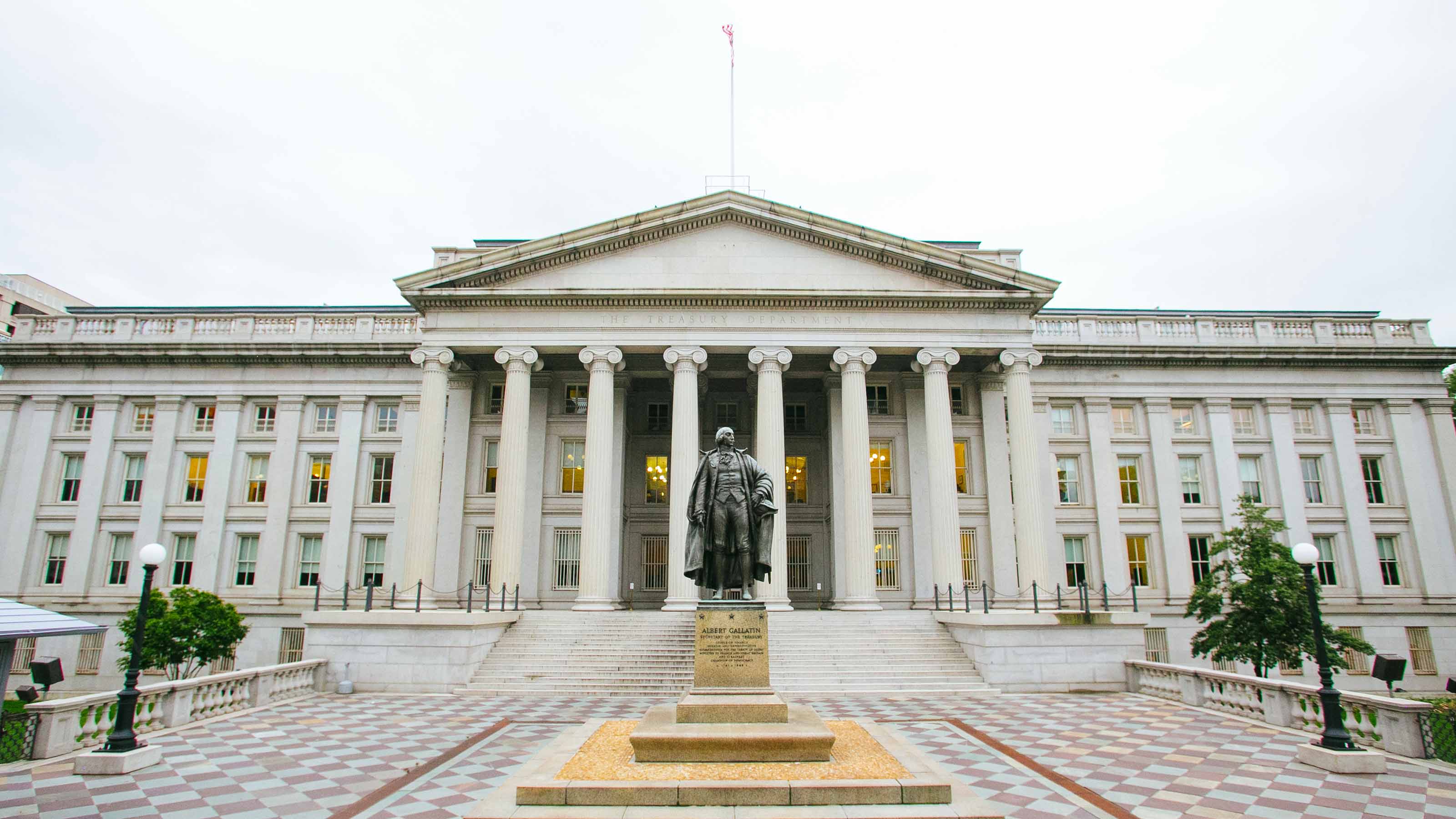Buy These Free-Range Bond Funds
There’s more to bond investing than picking funds that adhere closely to an index or cling to the apparent safety of Treasuries.

Last month I promised to discuss bond funds whose managers aren’t hemmed in by allegiance to an index or the ultraconservative viewpoint that Treasury bonds and notes are the center of the universe. As I wrote, I dislike such stolid holdings as total bond market exchange-traded funds and funds designed to replicate the Bloomberg Barclays Aggregate Bond index—which is 42% Treasuries and includes no municipals, high-yield bonds, bank loans or credit card receivables. To me, that approach treats debt instruments primarily as “stuff that isn’t stocks” rather than as a vibrant, investable universe of its own.
I grant that Vanguard Total Bond Market ETF (symbol BND) has a practically invisible 0.05% expense ratio and that during periods of unease about lesser-grade corporate bonds, tax-exempts or foreign I.O.U.s, it can beat many of its actively managed and more creative rivals. In the fourth quarter of 2018, BND returned 1.65%, while Dodge & Cox Income (DODIX, yield 3.36%) made just 0.27%. But over the years, Dodge & Cox’s broad reach and wise decision-making have given patient shareholders a huge advantage over the index trackers, even given its vast size. The firm has succeeded brilliantly with some of the largest mutual funds the world has ever seen.
Best bets for 2019. Right now, I’ll unambiguously endorse Dodge & Cox Income as a keeper for 2019. I’ll say the same about Thornburg Strategic Income (TSIIX, 5.45%), and, if you can buy them without a load through your broker or adviser, PGIM Unconstrained Bond (PUCAX, 3.50%) and Pimco Income (PONAX, 3.70%). The common thread is short duration (meaning a low sensitivity to interest rates), high yield and an adventurous but not reckless roster of bond issuers and credit ratings. Some of these types of funds suffered at the end of the year, apparently because liquidity in the loan and credit markets tightened up—that’s an insider’s way of saying funds that had to sell pools of loans, low-rated short-term “junk” bonds and the like did so at terrible prices. But the market has since loosened up, and this cycle has abated.
From just $107.88 $24.99 for Kiplinger Personal Finance
Become a smarter, better informed investor. Subscribe from just $107.88 $24.99, plus get up to 4 Special Issues

Sign up for Kiplinger’s Free Newsletters
Profit and prosper with the best of expert advice on investing, taxes, retirement, personal finance and more - straight to your e-mail.
Profit and prosper with the best of expert advice - straight to your e-mail.
If you’re looking for a satellite fund to add to your core holdings, consider RiverNorth DoubleLine Strategic Income (RNDLX, 5.9%). Last year, the fund lost 1.53%. But in the first two weeks of 2019, this combination of Jeffrey Gundlach’s mortgage strategies at DoubleLine and RiverNorth’s knack for finding undervalued, high-yielding assets, such as deeply discounted closed-end funds, returned a fat 2.25%.
The challenge for bond fund managers in the year ahead is no longer what the Fed might do but the consequences of its rate-raising campaign so far: the now-competitive yields on bank deposits and Treasury bills. Jeffery Elswick, director of fixed income for the Frost funds, says clients ask why they should not put all their money in cash—as in greenbacks—or in T-bills. His response is that there are lots of bargains in oversold assets that funds can now scoop up. “The most value is in [short- and intermediate-term] investment-grade corporates and high-yield bonds,” he says, along with floating-rate debt. Frost Total Return (FATRX, 4.79%) has a long history of besting the Bloomberg Barclays Agg index and Vanguard’s total bond ETF, with the exception of the last three months of 2018.
I have followed the management teams for most of these funds for decades, and I am enormously confident in all of them. That so many trusted fixed-income funds didn’t lose more money in 2018 is a positive. If the Fed does as I expect and either pauses raising rates or hikes them less frequently than it has been, many other active fixed-income funds will turn things around nicely from the trials of 2018.
Profit and prosper with the best of Kiplinger's advice on investing, taxes, retirement, personal finance and much more. Delivered daily. Enter your email in the box and click Sign Me Up.

Kosnett is the editor of Kiplinger Investing for Income and writes the "Cash in Hand" column for Kiplinger Personal Finance. He is an income-investing expert who covers bonds, real estate investment trusts, oil and gas income deals, dividend stocks and anything else that pays interest and dividends. He joined Kiplinger in 1981 after six years in newspapers, including the Baltimore Sun. He is a 1976 journalism graduate from the Medill School at Northwestern University and completed an executive program at the Carnegie-Mellon University business school in 1978.
-
 I'm 61 and want a divorce. Should we live separately but stay married?
I'm 61 and want a divorce. Should we live separately but stay married?We asked Certified Divorce Financial Analysts for advice.
-
 What's in Store for the Stock Market in 2026?
What's in Store for the Stock Market in 2026?Wall Street expects the bull market to keep running in the year ahead.
-
 Is Your Retirement Plan Missing a Caregiving Strategy?
Is Your Retirement Plan Missing a Caregiving Strategy?Millions of people over 65 care for grandkids, adult kids or aging parents and will also need care themselves. Building a caregiving strategy is crucial.
-
 The Most Tax-Friendly States for Investing in 2025 (Hint: There Are Two)
The Most Tax-Friendly States for Investing in 2025 (Hint: There Are Two)State Taxes Living in one of these places could lower your 2025 investment taxes — especially if you invest in real estate.
-
 The Final Countdown for Retirees with Investment Income
The Final Countdown for Retirees with Investment IncomeRetirement Tax Don’t assume Social Security withholding is enough. Some retirement income may require a quarterly estimated tax payment by the September 15 deadline.
-
 I Have $20,000 to Invest. What Should I Do?
I Have $20,000 to Invest. What Should I Do?We asked a financial expert to weigh in on where to invest $20,000.
-
 Smart Ways to Invest Your Money This Year
Smart Ways to Invest Your Money This YearFollowing a red-hot run for the equities market, folks are looking for smart ways to invest this year. Stocks, bonds and CDs all have something to offer in 2024.
-
 Why Investors Needn't Worry About U.S. Credit Downgrade
Why Investors Needn't Worry About U.S. Credit DowngradeFitch Ratings The United States saw its credit rating downgraded for just the second time in history, but experts aren't worried about the long-term damage to stocks.
-
 Income-Investing Picks for a Recession
Income-Investing Picks for a RecessionInvesting for Income Some consequences of an economic downturn work to the benefit of fixed-income investors. Here are three fund ideas that fit the bill.
-
 Dogs of the Dow Are 2022's Best in Show
Dogs of the Dow Are 2022's Best in Showdividend stocks Some of the best investments for income investors in a volatile 2022 have come from the Dogs of the Dow.
-
 Bond Values in a Volatile Market
Bond Values in a Volatile MarketInvesting for Income While the market's instability may not be over just yet, the latter half of the year should be less daunting – and possibly more rewarding – for investors.